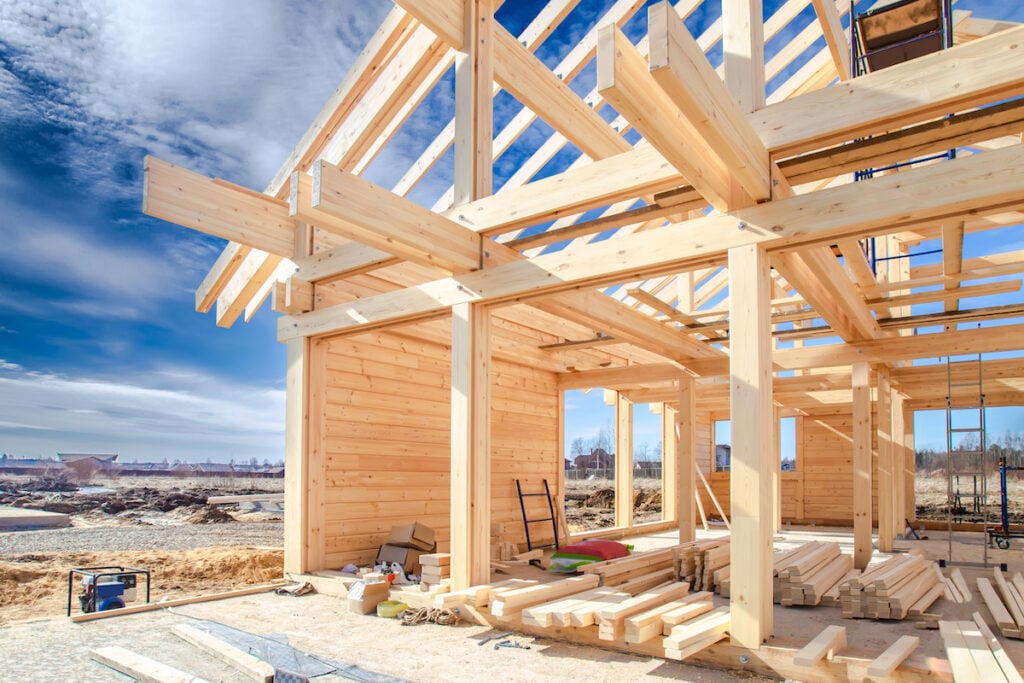Existing home sales fell almost 6% in July compared to the month prior, dropping to a seasonally adjusted annualized rate of 4.81 million units, according to new data from the National Association of Realtors published this week.

That marks the slowest pace of sales since November 2015, with the exception of a brief slide at the beginning of the COVID-19 pandemic. Compared to a year earlier, sales are down almost 20%, the NAR added.
NAR Chief Economist Lawrence Yun said that in terms of economic impact, “we are surely in a housing recession”. He added that “builders are not building”, citing a report earlier this week that new home starts are down 10% from a year earlier.
“However, are homeowners in a recession?,” he asked. “Absolutely not. Homeowners are still very comfortable financially.”
The NAR’s July numbers are based on home sale closings, so they relate to contracts that were mostly signed in May and June. It’s known that mortgage rates jumped higher in June, when the average 30-year fixed loan mortgage crossed the 6% barrier. Since then, rates have settled into the mid-to-high 5% range. That’s still way up from the beginning of the year, when rates were hovering at around 3%. It means housing affordability took a real hit in June, especially when coupled with rising inflation.
Even so, home buyers are contending with tight supply, meaning it’s not easy to find a home to buy. At the end of July, there were just 1.31 million homes listed for sale in the U.S., unchanged from a year earlier. At the current sales pace that represents a supply of just 3.3 months - far below what is considered to be “healthy”..
Though demand is falling due to weaker affordability, home prices continue to edge upwards. The median price of a home sold in July was $403,800, up 10.8% from a year ago. However, experts say price gains are moderating, as this was the lowest annual rise in home prices since July 2020.
“The median home sales price continued to climb, but at a slower pace for the fifth consecutive month, shining a light on how downshifting buyer demand is moving the housing market back toward a more normal pace of activity,” said Danielle Hale, an economist at Realtor.com. “A look at active inventory trends shows that home listings were nearly twice as likely to have had a price cut in July 2022 compared to one year ago.”
The NAR’s report noted that sales activity is strongest at the higher end of the market, though even there activity is fading. The likely reason is that high-end home buyers still have more options. Sales of homes priced between $100,000 and $250,000 were down 31% year-over-year, while sales of those priced at $750,000 to $1 million fell just 8%. Sales of homes costing $1 million or more dropped 13%.
The report also found that first time buyers made up just 29% of buyers in July. Traditionally, first-timers have always made up closer to 40% of sales. The drop suggests that they are struggling with high prices. In addition, higher rents make it more difficult to save for a down payment.